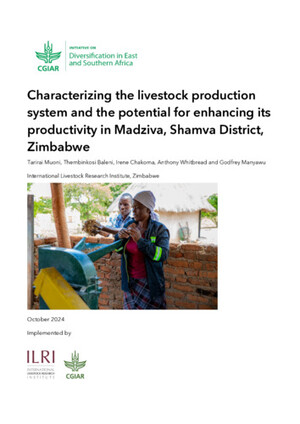
Feed value of multipurpose fodder trees and shrubs in West Africa: Edible forage production and nutritive value of Millettia thonningii and Albizia lebbeck
Abstract
Harvests were made at the end of the main (April-August) and minor (September-November) wet, and dry (December-March) seasons for two years. Dry season edible forage samples were analyzed for concentrations of crude protein (CP), neutral detergent fibre (NDF), acid detergent fibre (NDF), acid detergent lignin (ADL), cellulose (CL), soluble phenolics (SOPH) and proanthocyanidins (PAs). In sacco dry matter (DM) and nitrogen (N) degradation and in vitro gas production (GP) chaaracteristics were also determined on dry season edible forage samples.Edible forage production of M. thonningii was significantly lower than A. lebbeck during the wet seasons. Millettia thonningii had relatively lower CP and PAs, but higher NDF, ADF, ADL, CL and SOPH than A. lebbeck. In sacco DM and N degradation and in vitro GP parameters of M. thonningii were significantly lower than A. lebbeck. Parameters of in sacco DM degradation and in vitro GP were highly correlated. Milletia thonningii appeared to be of lower feed value than A. lebbeck based on edible forage production, chemical composition, in sacco DM and N degradation and in virto GP characteristics.
Citation
Agroforestry Systems;33(1): 41-50










